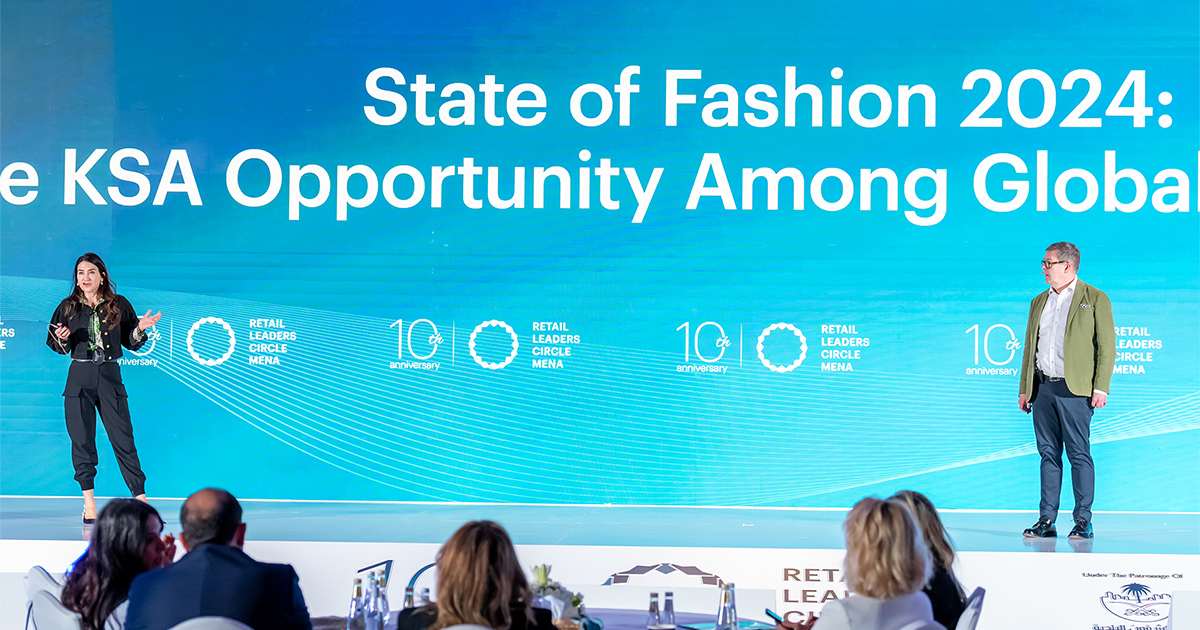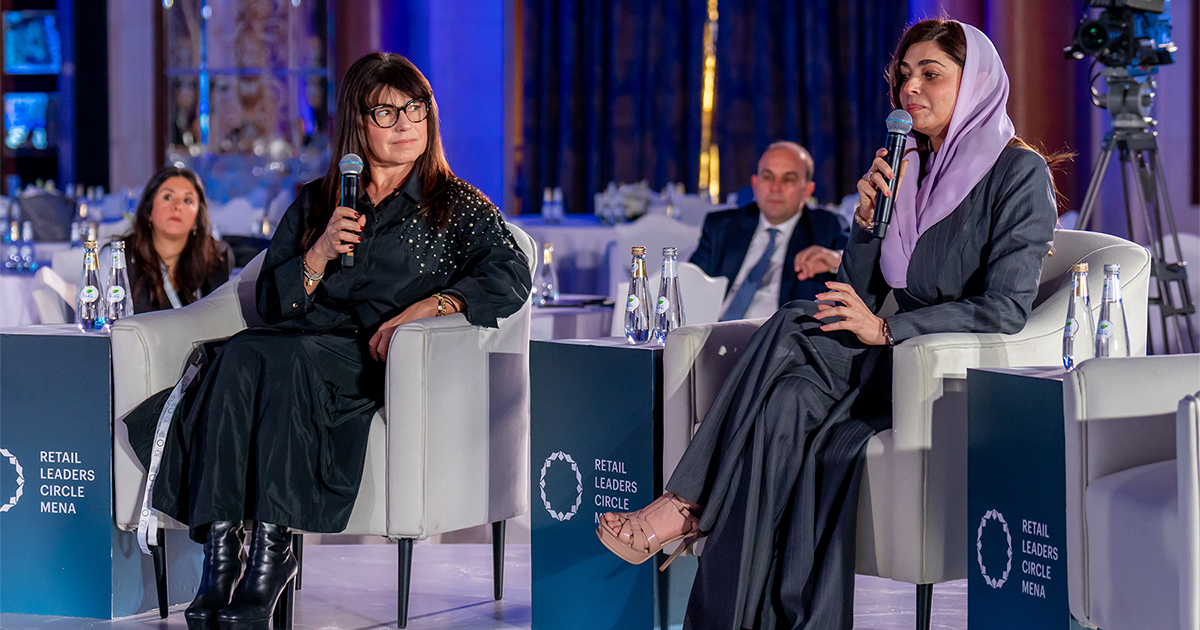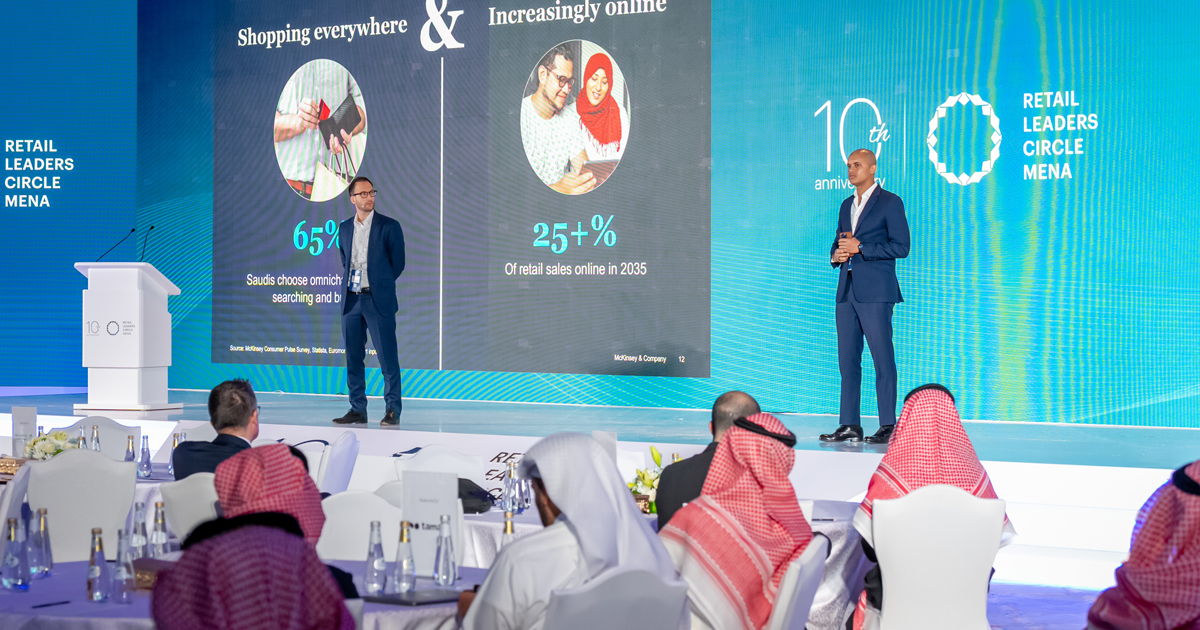With a comprehensive analysis derived from monitoring 400 publicly listed companies, expert interviews, and executive surveys, Gemma D’Auria, Senior Partner, McKinsey & Company, Milan and Colin Henry, Senior Advisor, McKinsey & Company, London, reveal a detailed understanding of the forces shaping the future of fashion.
Global Economic Context and Impact on Fashion
The global economy’s fluctuating state presents significant challenges and opportunities for the fashion industry. Inflationary pressures combined with varying GDP growth rates across regions have notably affected consumer spending behaviors. Europe and the US face pronounced impacts, whereas Asia, excluding China and India, shows promise. Notably, the luxury segment demonstrates remarkable resilience, benefiting from a consumer base less sensitive to price increases and sustaining margins primarily through strategic price adjustments.
Concentration of Value Creation
An intriguing aspect of the industry is the concentration of economic profit among a few dominant players. Analysis reveals that a small number of companies, referred to as ‘super winners,’ are responsible for a significant portion of the industry’s value creation. This highlights the power curve within the sector, where the majority of economic profit is generated by a select group of firms, showcasing the critical role of enduring brands and innovative strategies in driving economic success.
Consumer Behavior Shifts
Emerging consumer trends underscore the evolving landscape. The resurgence of travel, though not necessarily for shopping, indicates a shift towards experiential spending over material purchases. Similarly, the changing face of influence, with a move towards more authentic and relatable figures, and the reinvention of outdoor fashion, blending style with functionality, reflect broader shifts in consumer values and expectations.
Technological Disruption and Sustainability
Technological advancements, particularly generative AI, offer transformative potential for the creative process, enhancing rather than replacing human creativity. However, the adoption of such technologies remains uneven, with many companies yet to fully leverage AI’s capabilities. Moreover, sustainability emerges as a non-negotiable aspect, with increasing regulatory scrutiny driving companies to rethink their supply chains and operational models to address environmental concerns.
Regional Focus
The Middle East, and specifically Saudi Arabia, is identified as a region with significant growth potential. Amidst the global challenges, the Middle East’s relative optimism and investment attractiveness stand out, offering unique opportunities for fashion companies to tap into a dynamic and evolving market.
Looking ahead, the fashion industry faces a fragmented future characterized by continued economic uncertainty, heightened climate urgency, and evolving consumer demographics. Brands that navigate these complex dynamics effectively will likely emerge as leaders in the next phase of fashion’s evolution, capitalizing on the opportunities presented by shifting global trends and regional growth potential.
 80% of the economic profit of the industry is generated by ten companies. That’s a huge concentration. 21% is actually generated from one group only. So, this gives you a sense of how concentrated value creation is.
80% of the economic profit of the industry is generated by ten companies. That’s a huge concentration. 21% is actually generated from one group only. So, this gives you a sense of how concentrated value creation is. 





